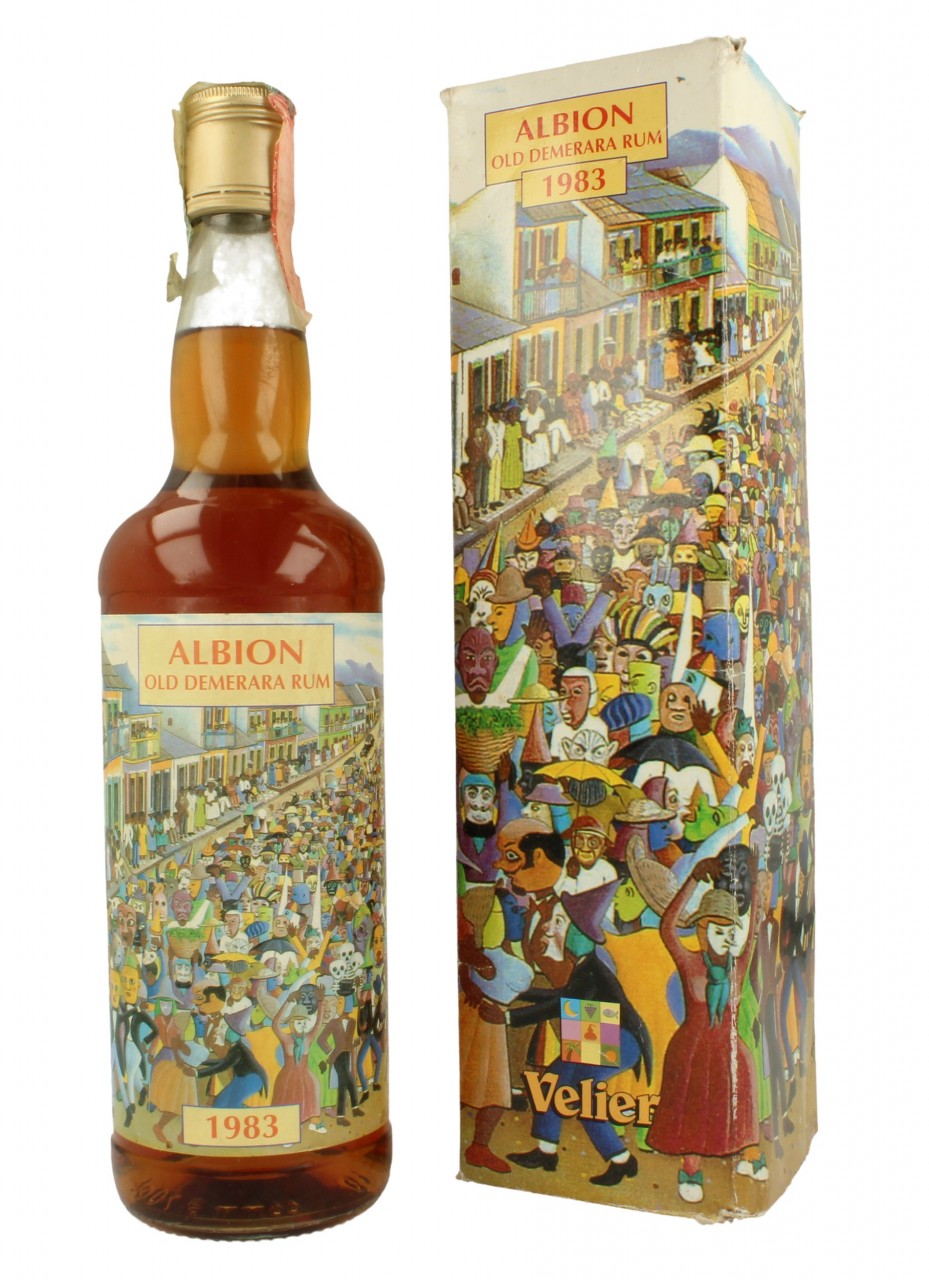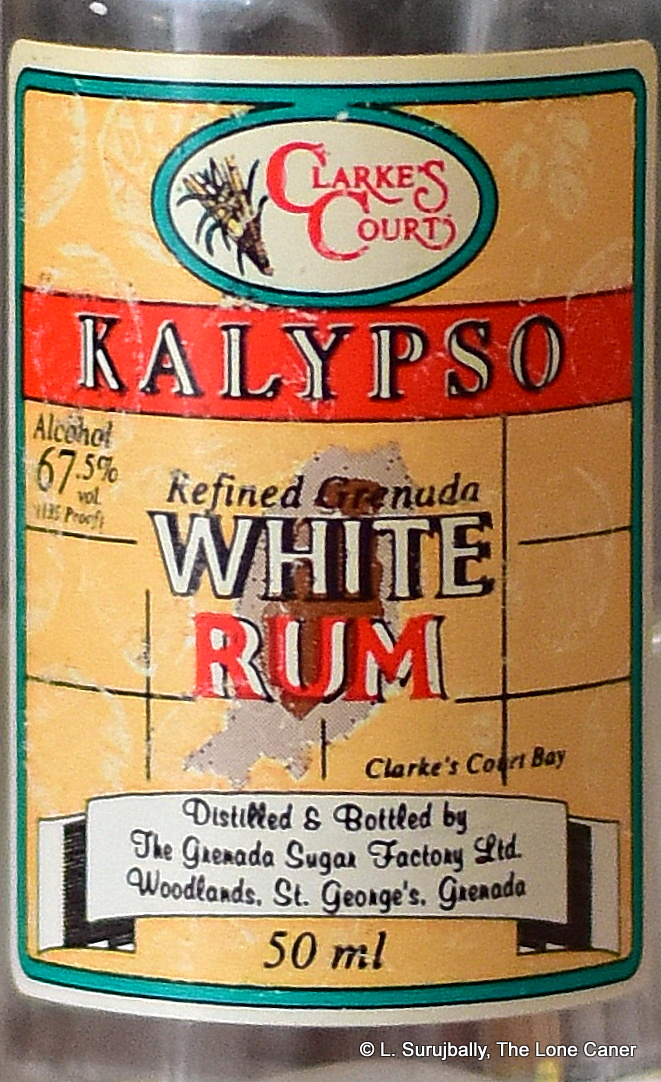
Rumaniacs Review #85 | 0561
There are three operations making rum in Grenada – Westerhall, Rivers Antoine and Clarke’s Court, the last of which was formed in 1937, operating under the umbrella of the Grenada Sugar Factory (the largest on the island) and named after an estate of the same name in the southern parish of St. George’s. This title in turn derived from two separate sources: Gedney Clarke, who bought the Woodlands estate from the French in the late 1700s, and a bay called “Court Bay” included with the property (this in turn was originally titled “Watering Bay” because of the fresh water springs, but how it came to change to Court is not recorded). The company sold rums with names like Tradewinds and Red Neck before the Clarke’s Court moniker became the standard and I’m still trying to find out when that happened.
References to Kalypso, a 67.5% white overproof, exist until the late 1990s when it was marketed concurrently with the 69% Pure White Rum, but I can find no trace subsequent to that, and the company website makes no mention of it in the current lineup of their rums. So I am assuming (subject to further info becoming available) that the two were similar enough in profile and strength for the production of the Kalypso to be discontinued in favour of the better known and maybe better-selling Pure. The rum is unaged and column still produced (the current distillery was constructed in the 1970s and utilizes a John Dore two-column, continuous-distillation still).
Colour – White
Strength 67.5%
Nose – Sharp and very aggressive, not surprising for that strength. Also quite aromatic – esters, and nail polish, strawberries, pears and sour cream, to begin with. It smells rather lighter than it is, and sweeter than it tastes, which is nice. Leaving it to open up results in additional smells of sugar water, nutmeg and the slight bite of ginger.
Palate – Whew. Pungent is the word to use here. Some plastic and furniture polish, a little brine. Most of all the light clear sweetness from the nose comes through and remains firmly in place – pears, watermelon, white guavas, papayas, with the spiced notes of nutmeg and ginger also remaining in the profile.
Finish – Hot and long lasting of course, no surprises there. Mostly light fruit and some aromatic flowers.
Thoughts – The Kalypso lacks the fierce individualism of pot still whites and really doesn’t class with the same company’s Pure White Rum which is an order of magnitude more pungent. But it’s not bad, and taken with coconut water, bitters, cola or whatever else, it’ll juice up a mix with no problems at all, which is hardly surprising since that’s precisely what it was made for. Too bad it’s no longer available.
(80/100)
 Rumaniacs Review #84 | 0554
Rumaniacs Review #84 | 0554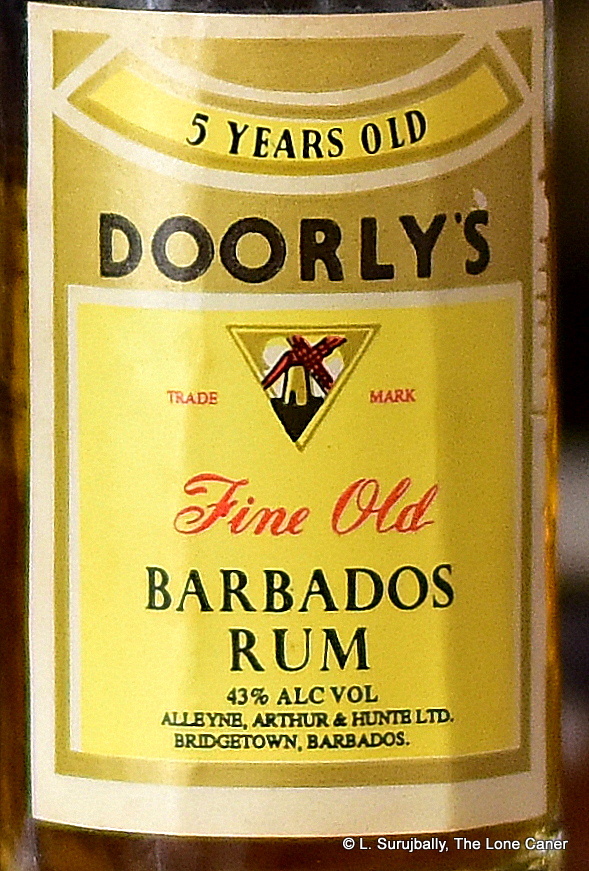 Rumaniacs Review #083 | 0544
Rumaniacs Review #083 | 0544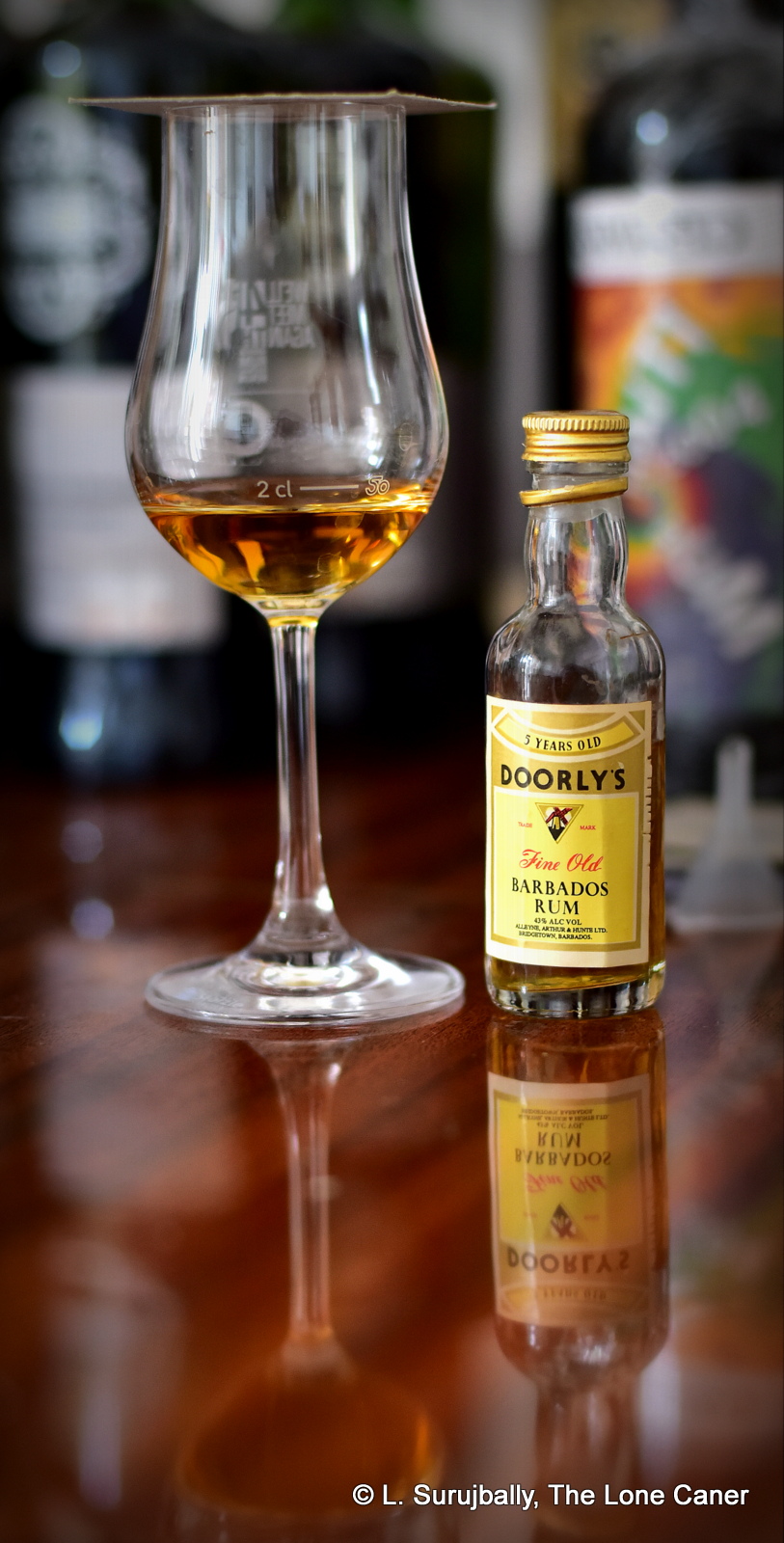 Opinion
Opinion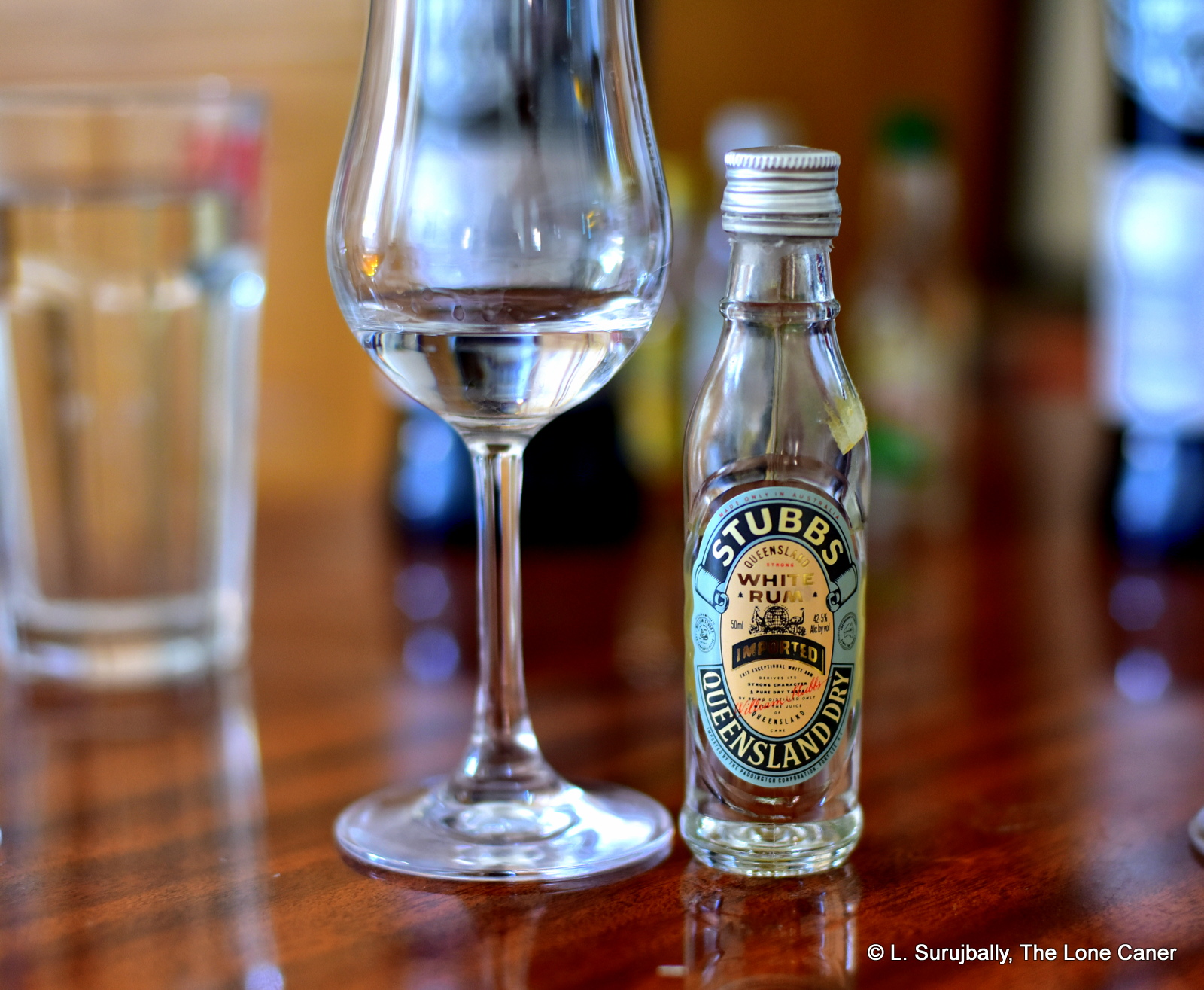
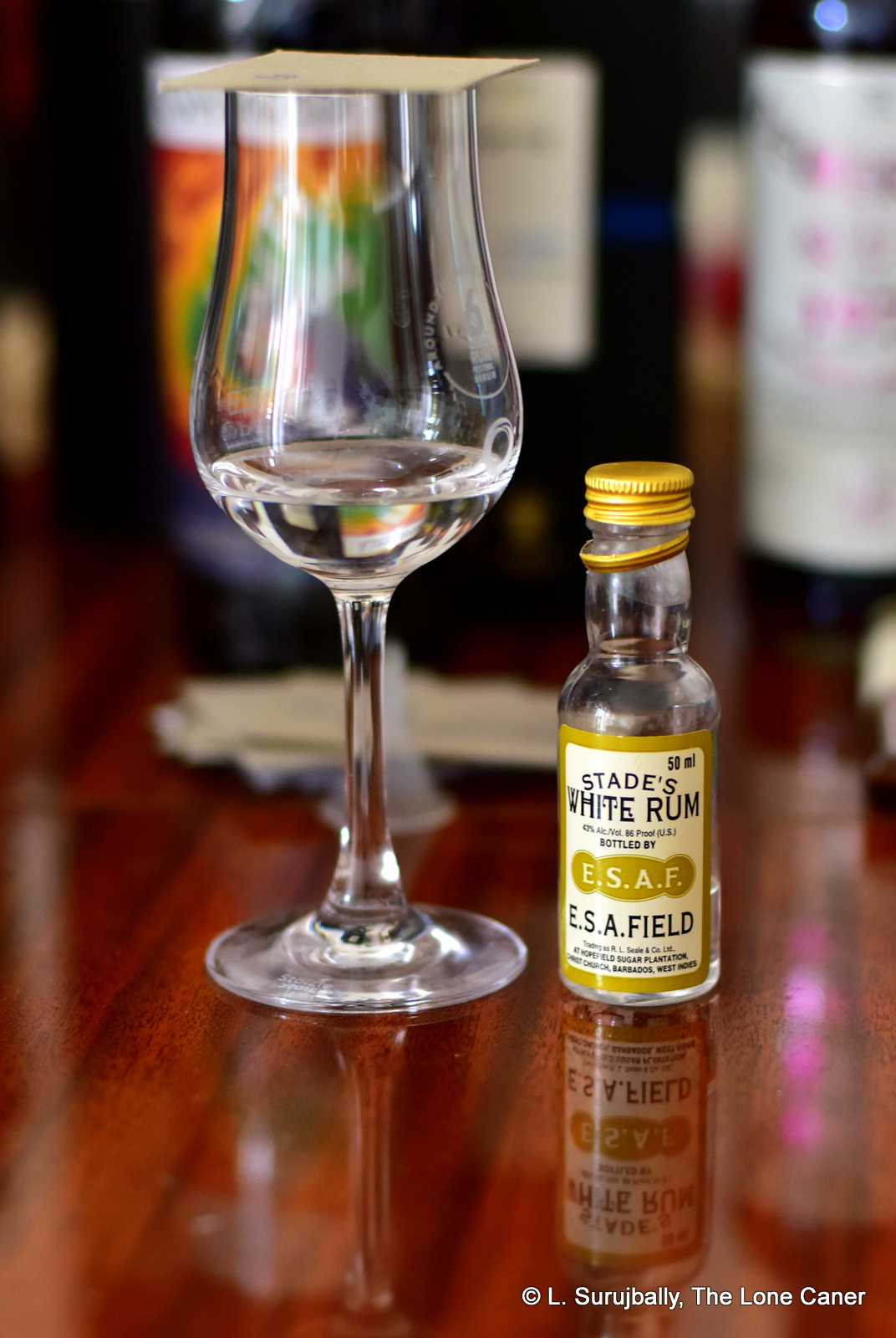
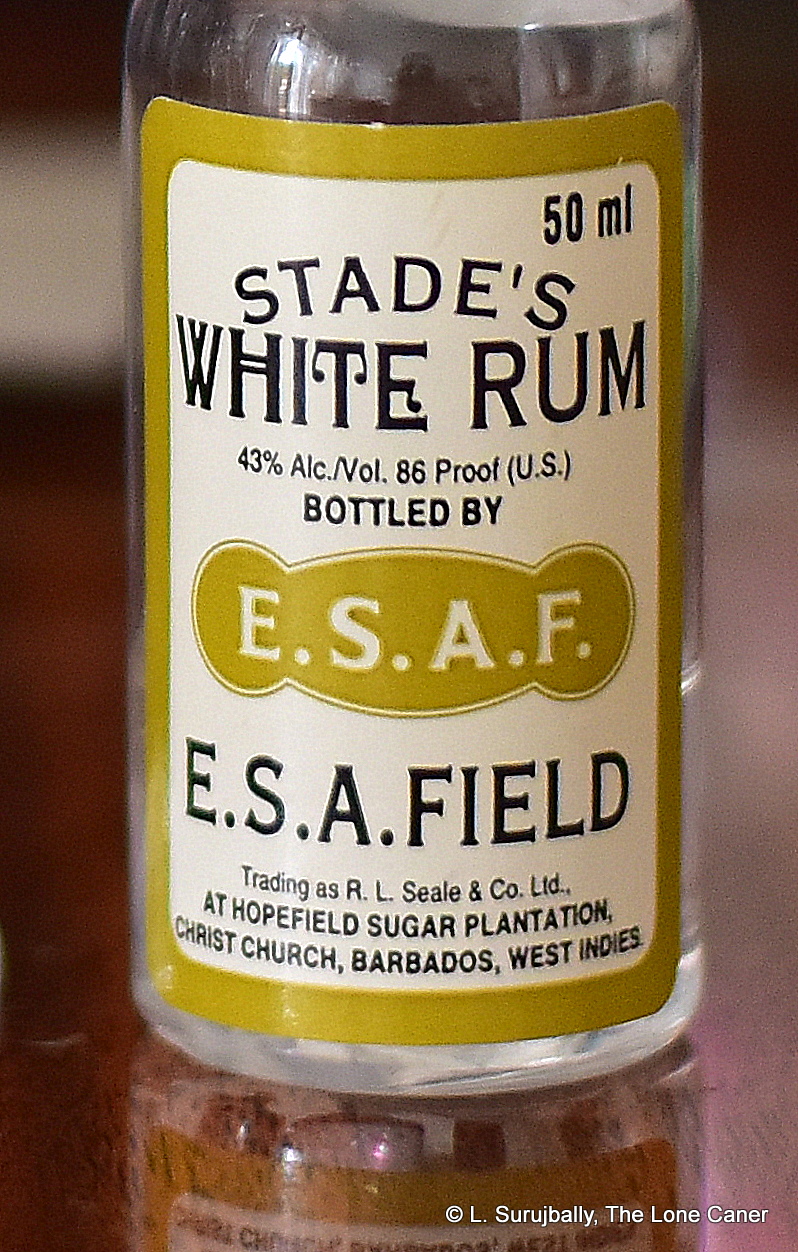
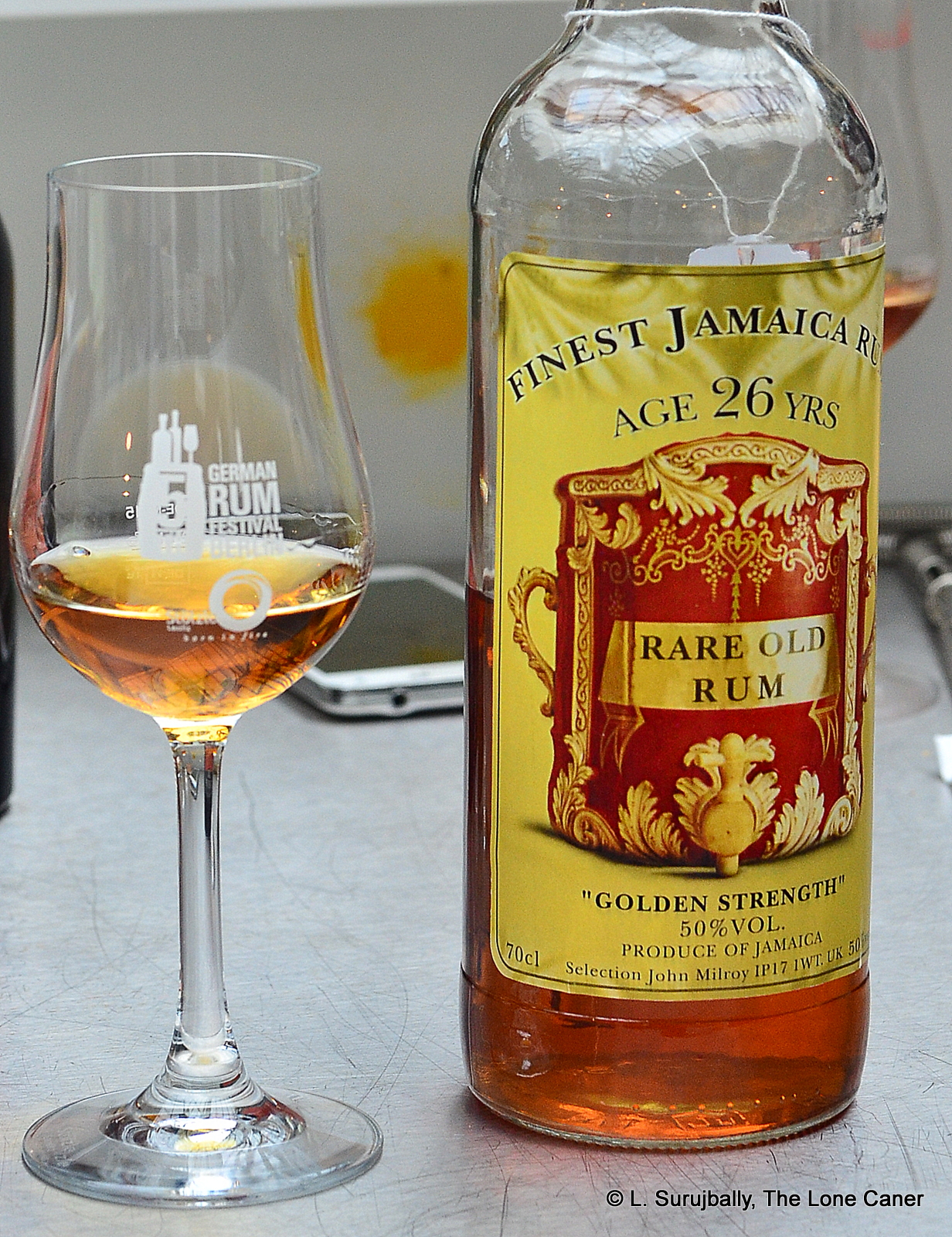 Rumaniacs Review #080 | 0516
Rumaniacs Review #080 | 0516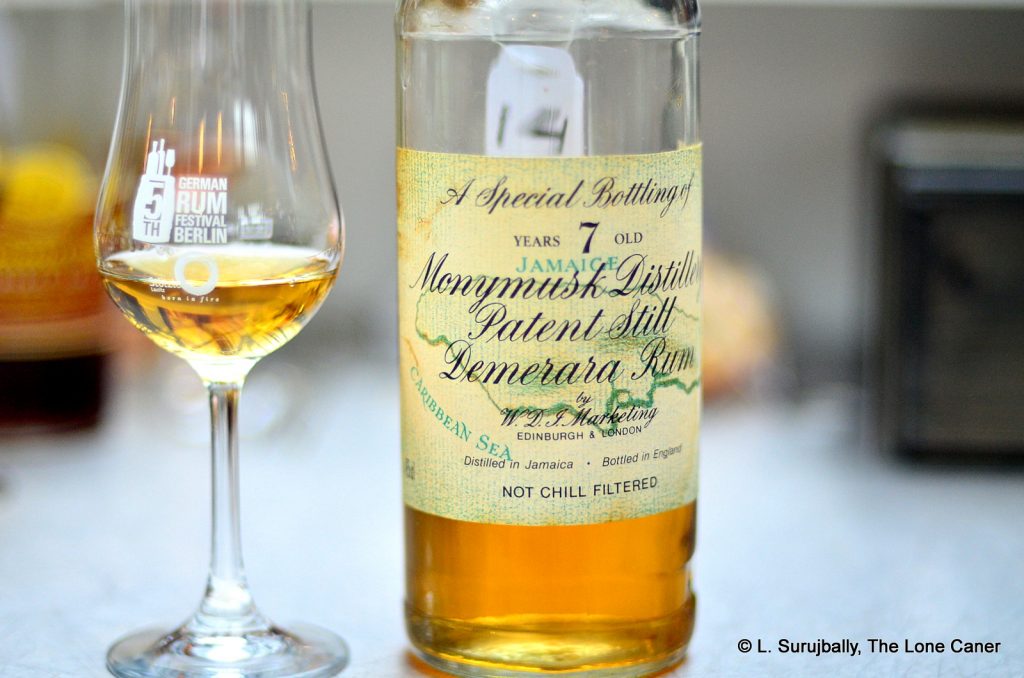
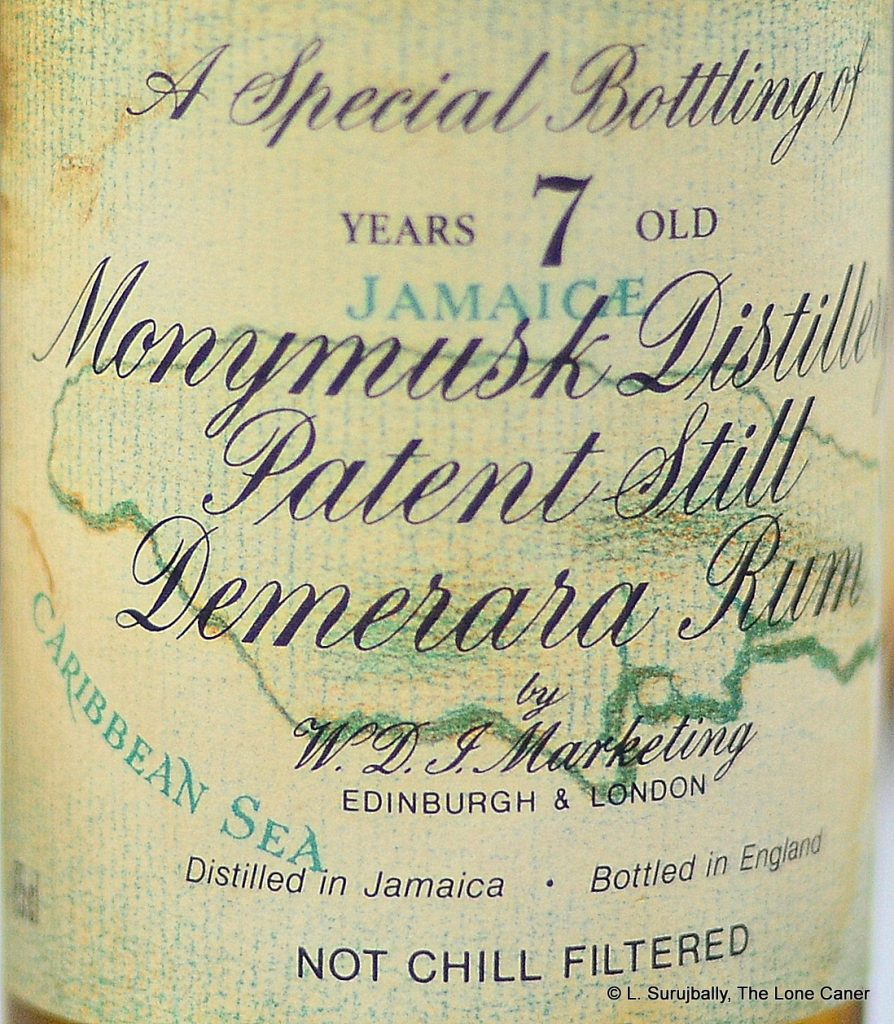 Nose – Yeah, no way this is from Mudland. The funk is all-encompassing. Overripe fruit, citrus, rotten oranges, some faint rubber, bananas that are blackened with age and ready to be thrown out. That’s what seven years gets you. Still, it’s not bad. Leave it and come back, and you’ll find additional scents of berries, pistachio ice cream and a faint hint of flowers.
Nose – Yeah, no way this is from Mudland. The funk is all-encompassing. Overripe fruit, citrus, rotten oranges, some faint rubber, bananas that are blackened with age and ready to be thrown out. That’s what seven years gets you. Still, it’s not bad. Leave it and come back, and you’ll find additional scents of berries, pistachio ice cream and a faint hint of flowers.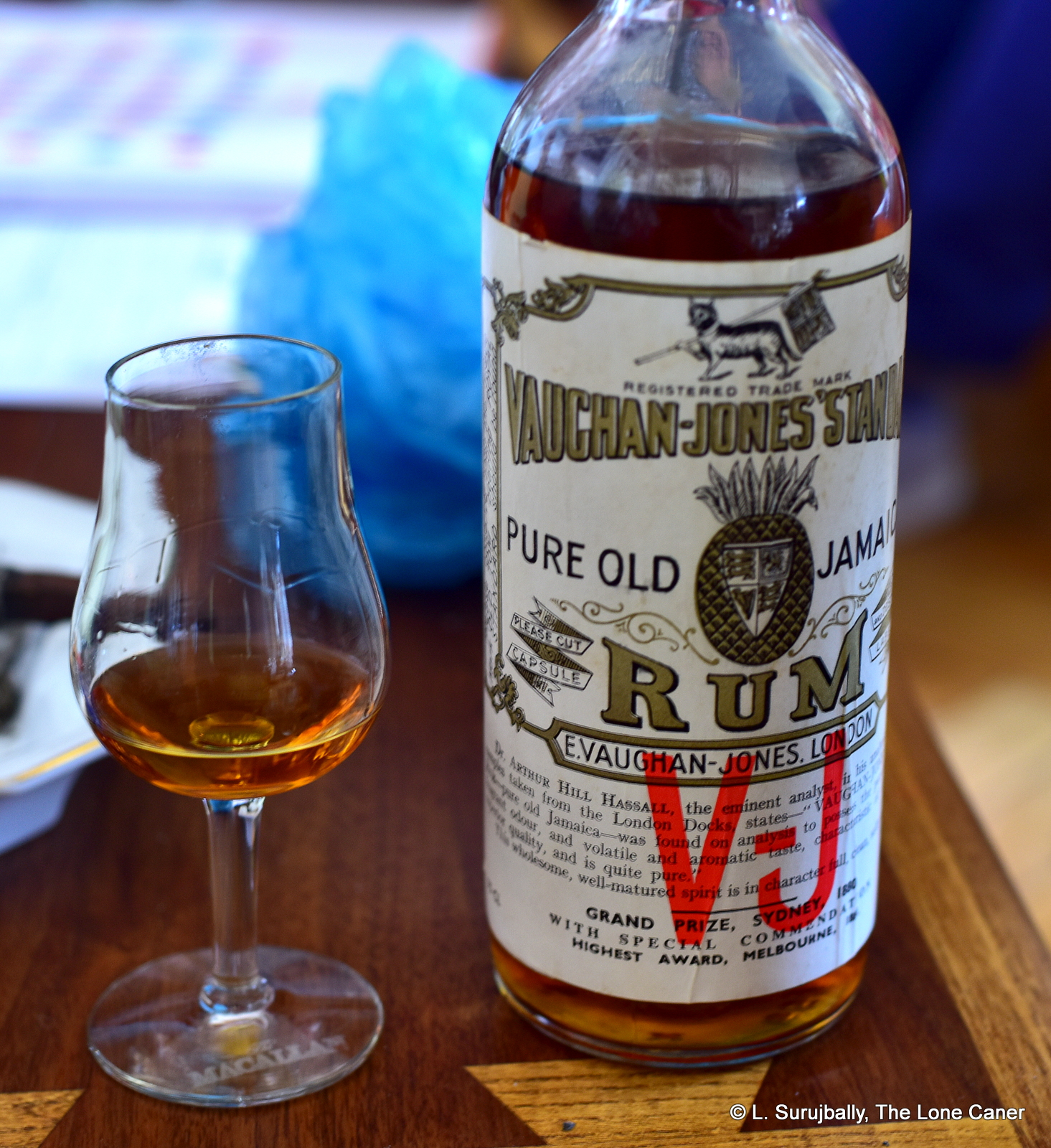
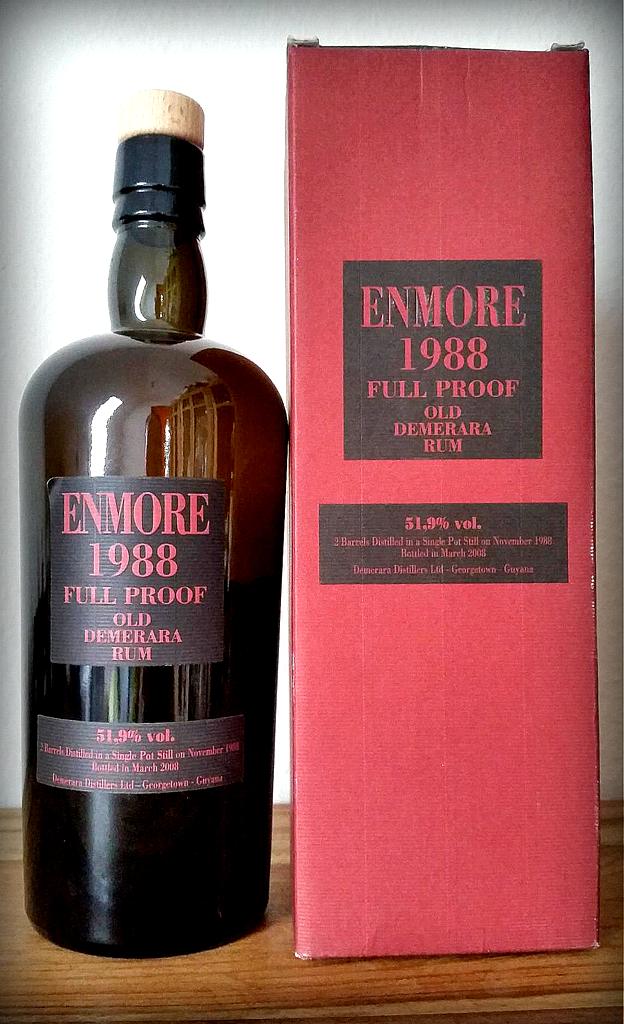
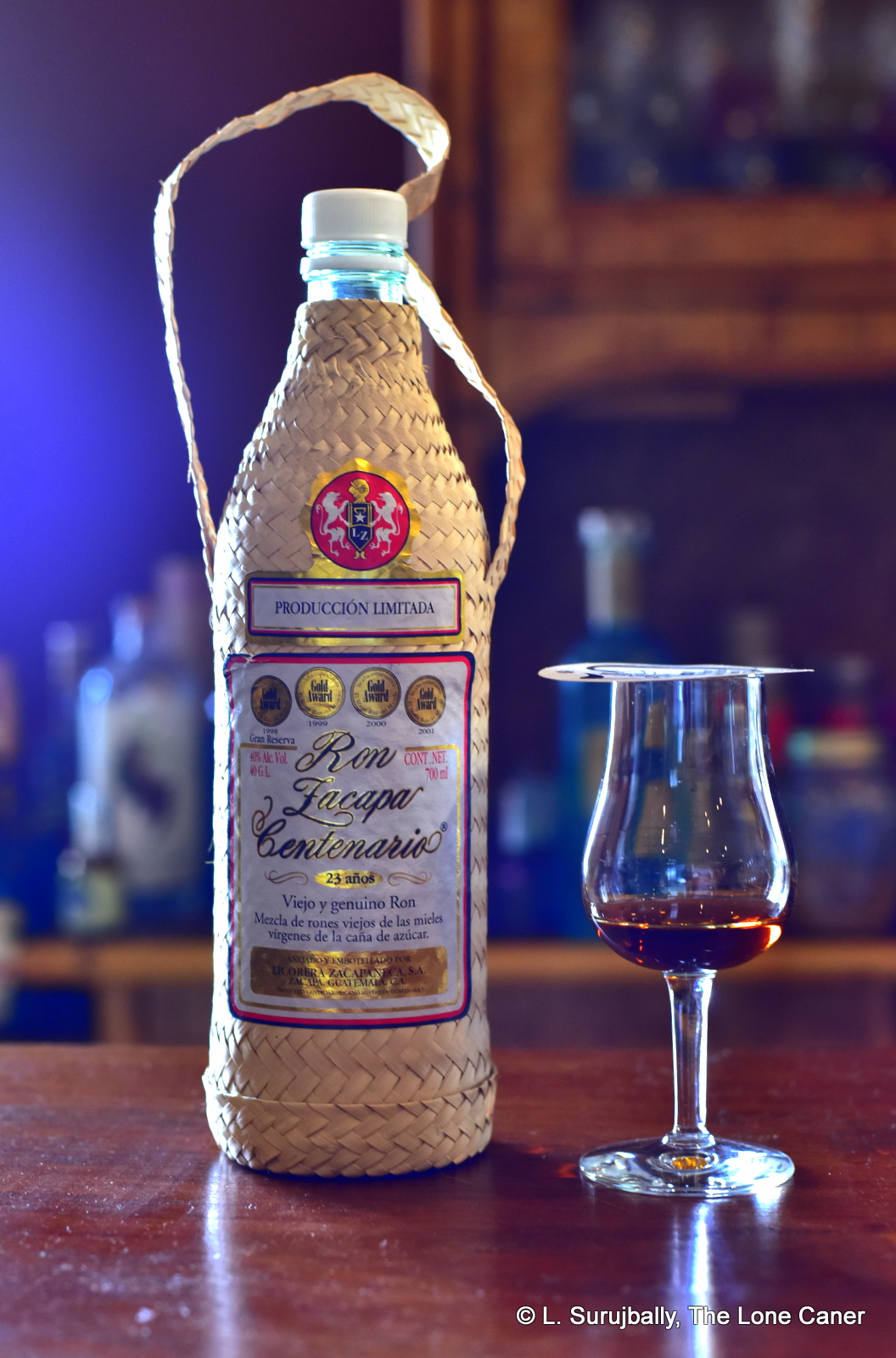
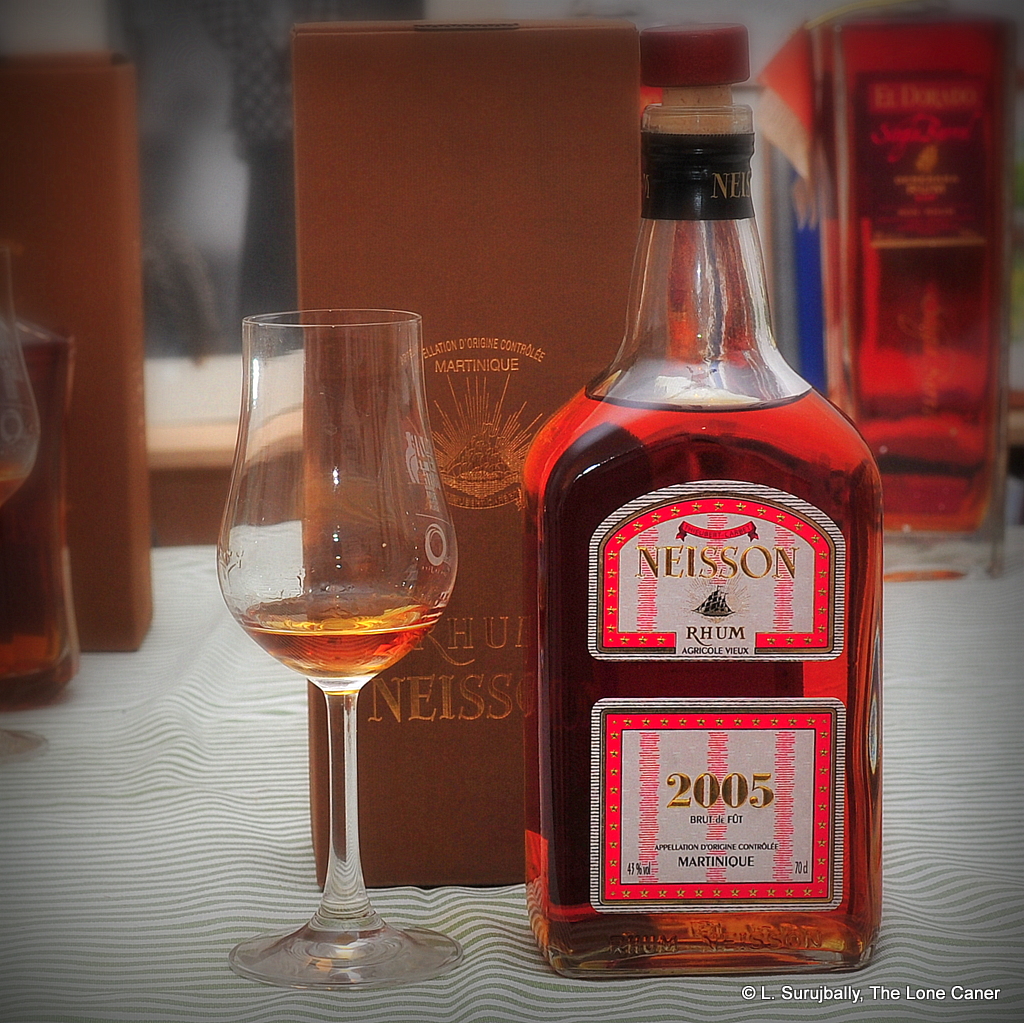
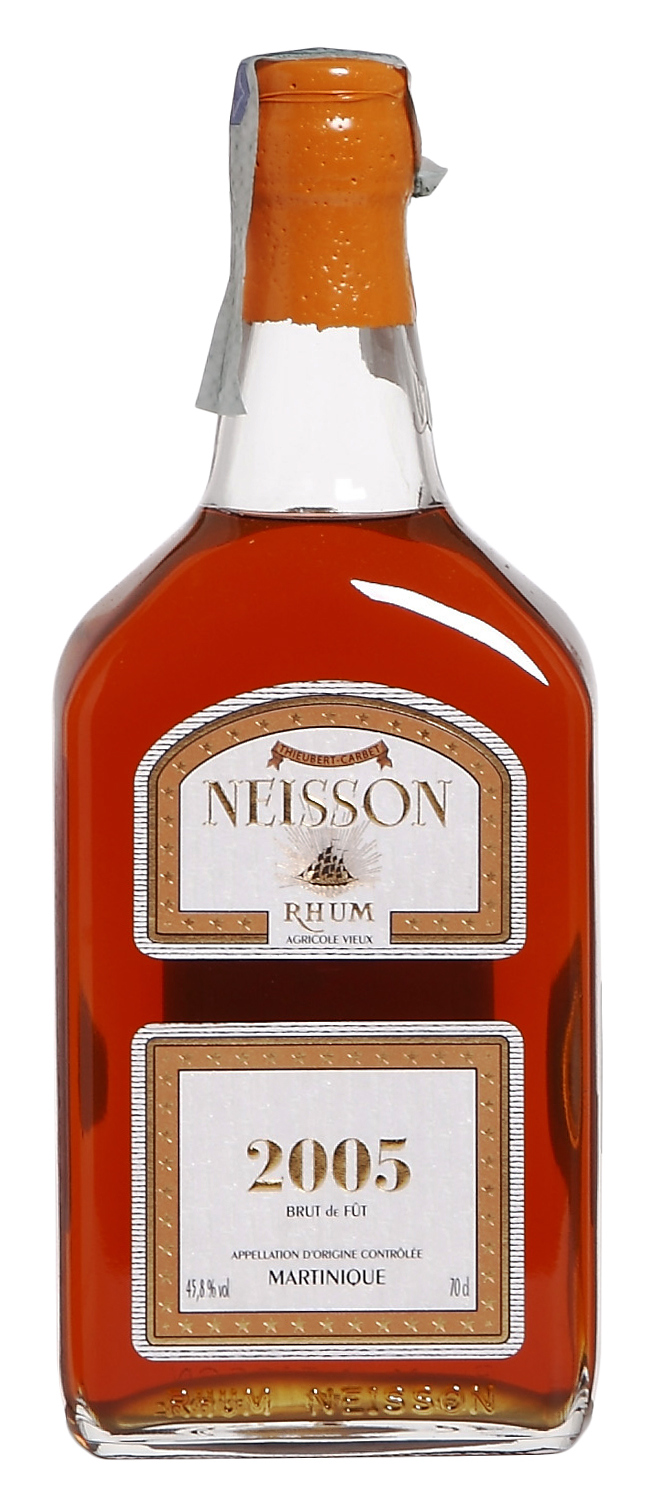
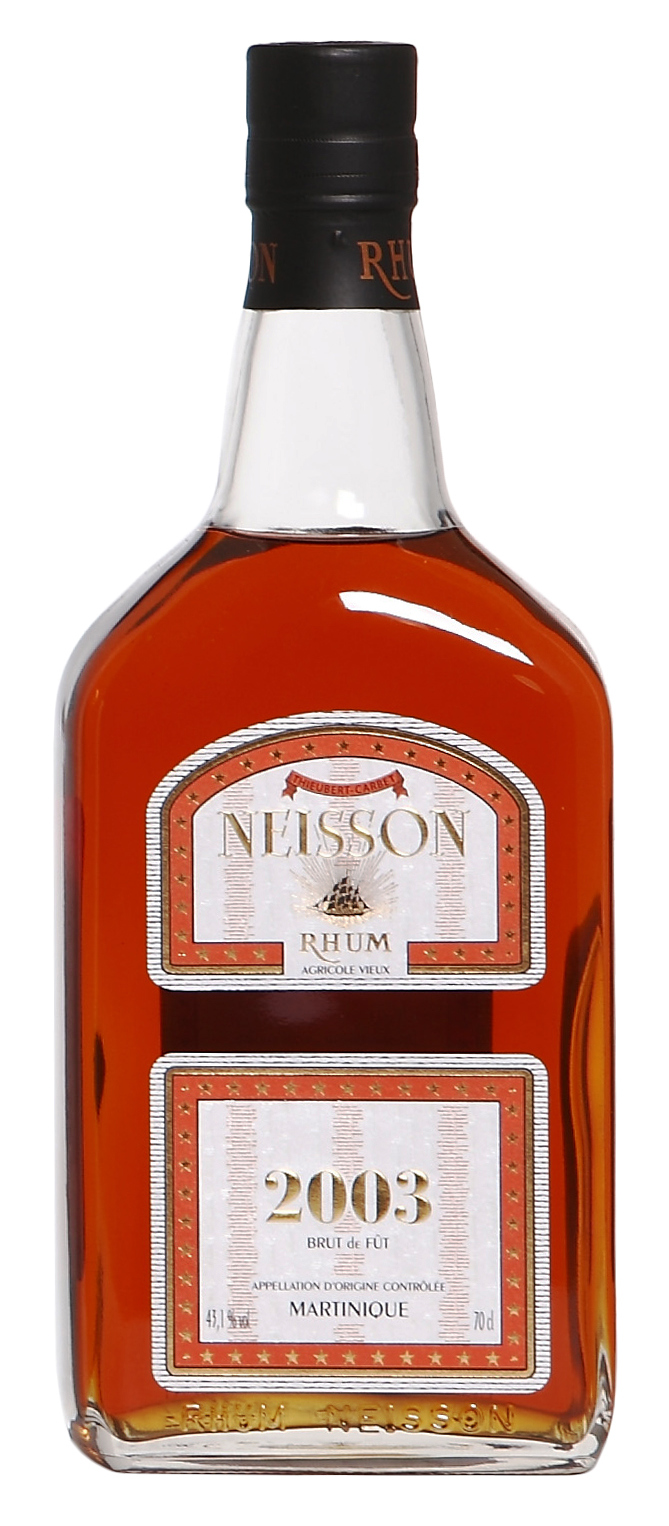 Rumaniacs Review #073 | 0488
Rumaniacs Review #073 | 0488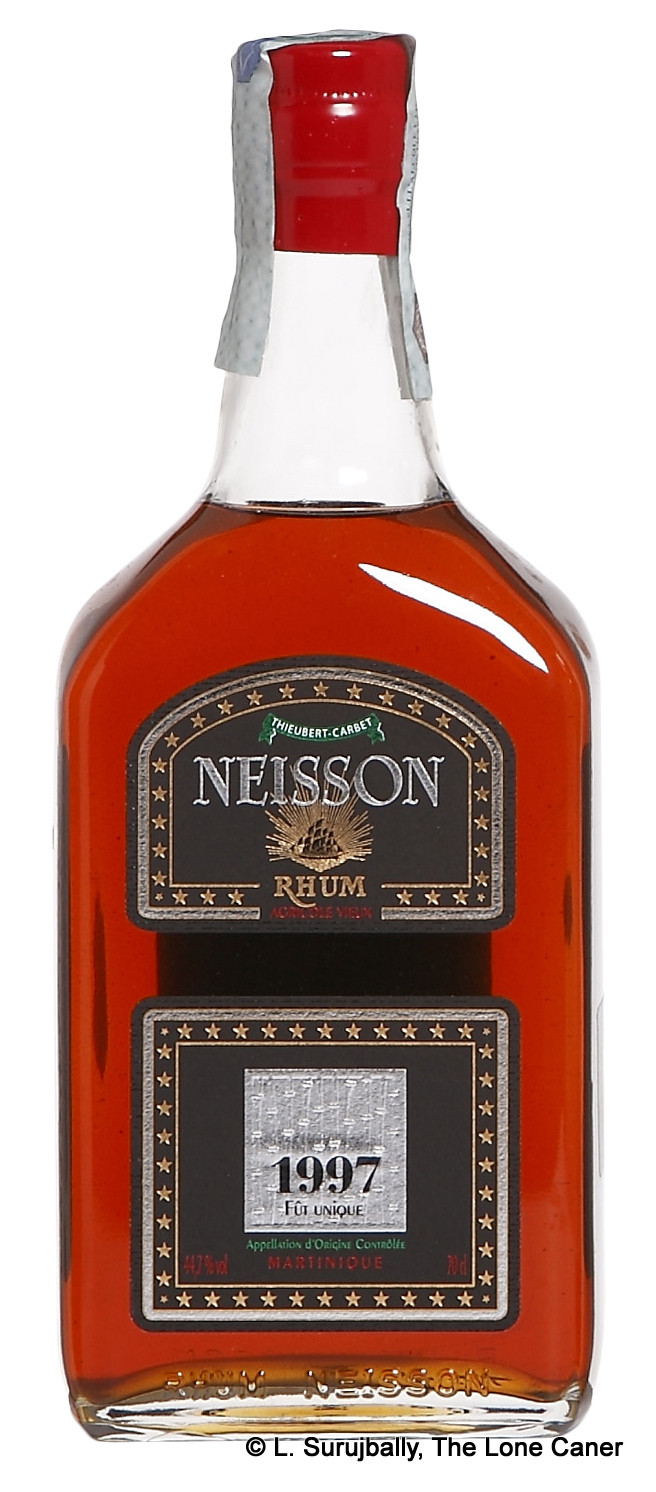 Rumaniacs Review #072 | 0486
Rumaniacs Review #072 | 0486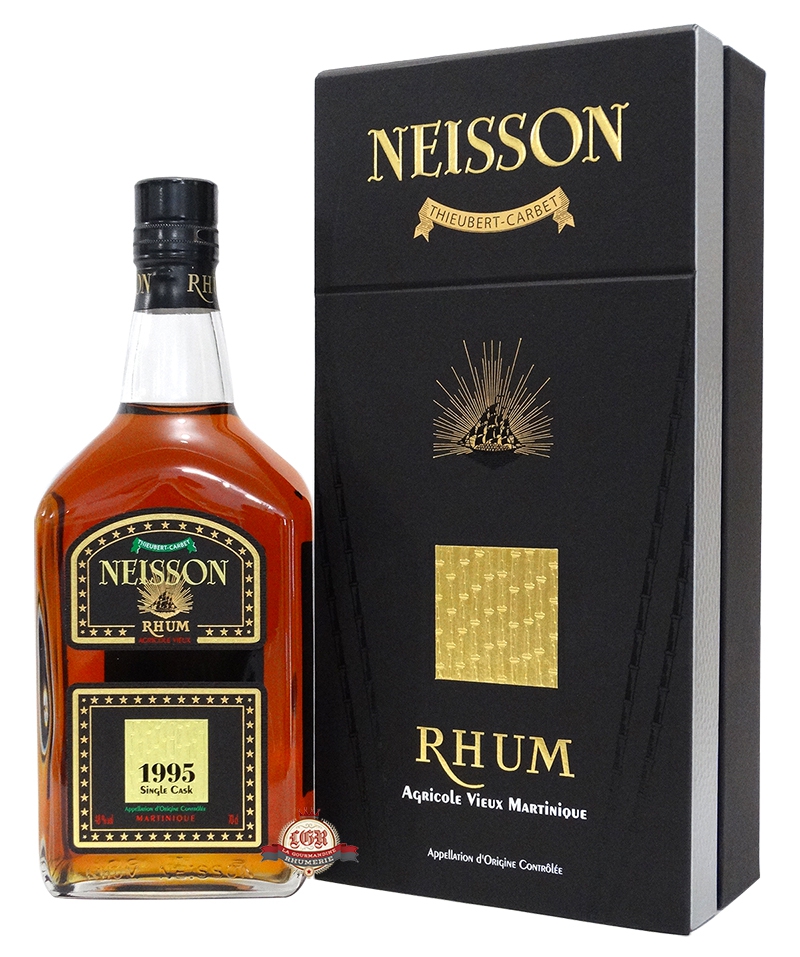 Rumaniacs Review #071 | 0484
Rumaniacs Review #071 | 0484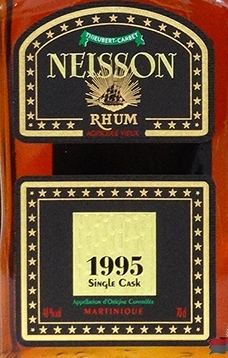 Palate – Thrumming and deeply vibrant rhum, one wonders how they wrung such depth out of a “mere” 48% – however, I’m not complaining. Dark and hot black tea. Ripe apricots, overripe mangoes, honey, cherries, wound about and through with citrus peel. Also some anise, coca cola (odd, but there you are). Dill, sage, a flirt of mint, grass, a faint wine-y tone and yes, there’s a whiff of chocolate as well.
Palate – Thrumming and deeply vibrant rhum, one wonders how they wrung such depth out of a “mere” 48% – however, I’m not complaining. Dark and hot black tea. Ripe apricots, overripe mangoes, honey, cherries, wound about and through with citrus peel. Also some anise, coca cola (odd, but there you are). Dill, sage, a flirt of mint, grass, a faint wine-y tone and yes, there’s a whiff of chocolate as well.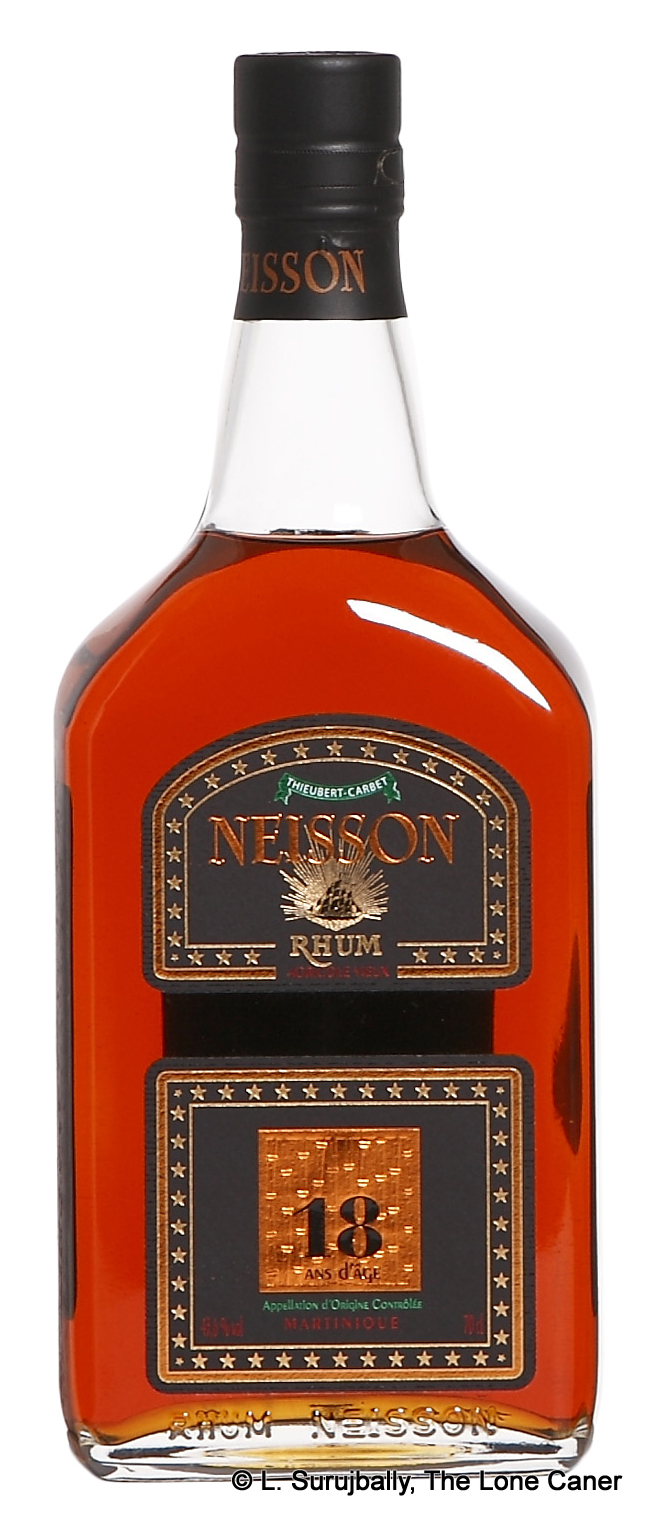 Rumaniacs Review #070 | 0482
Rumaniacs Review #070 | 0482
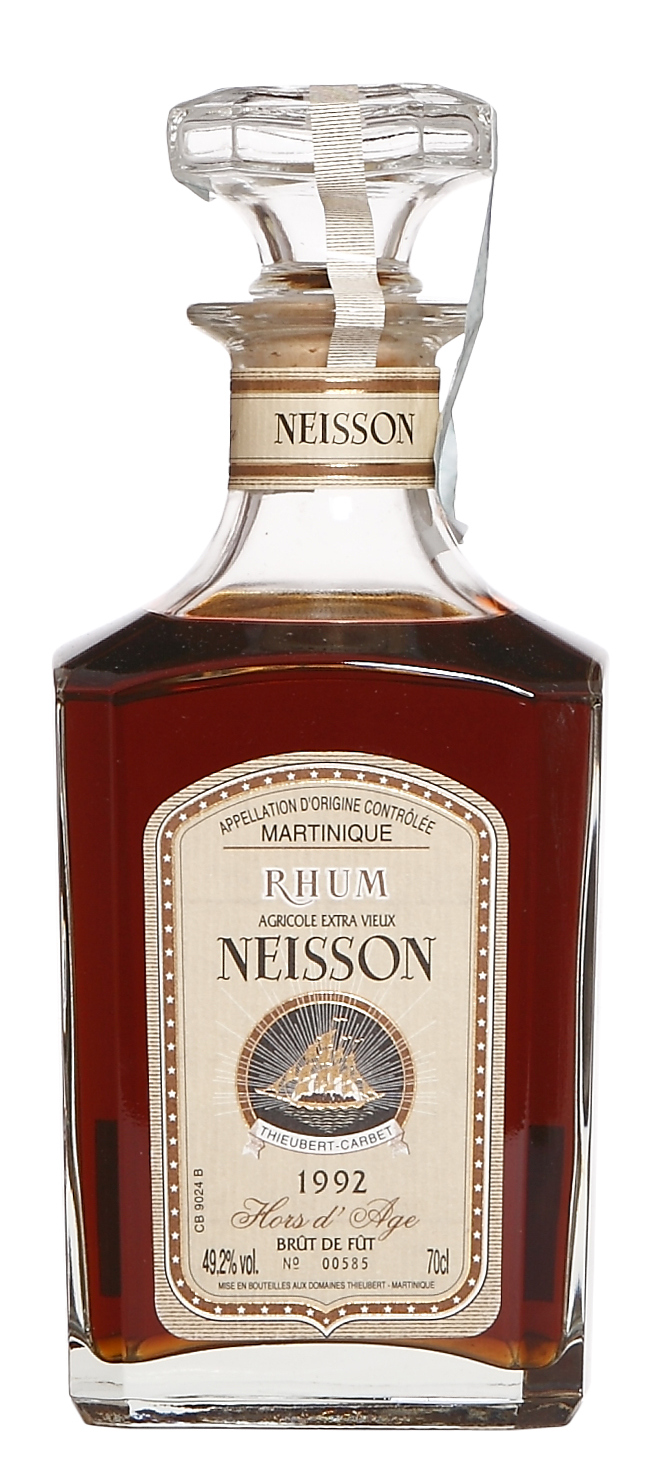 Rumaniacs Review #068 | 0478
Rumaniacs Review #068 | 0478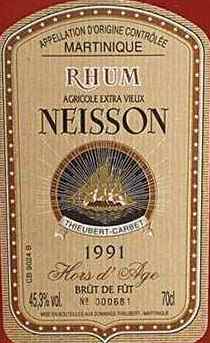 Rumaniacs Review #067 | 0476
Rumaniacs Review #067 | 0476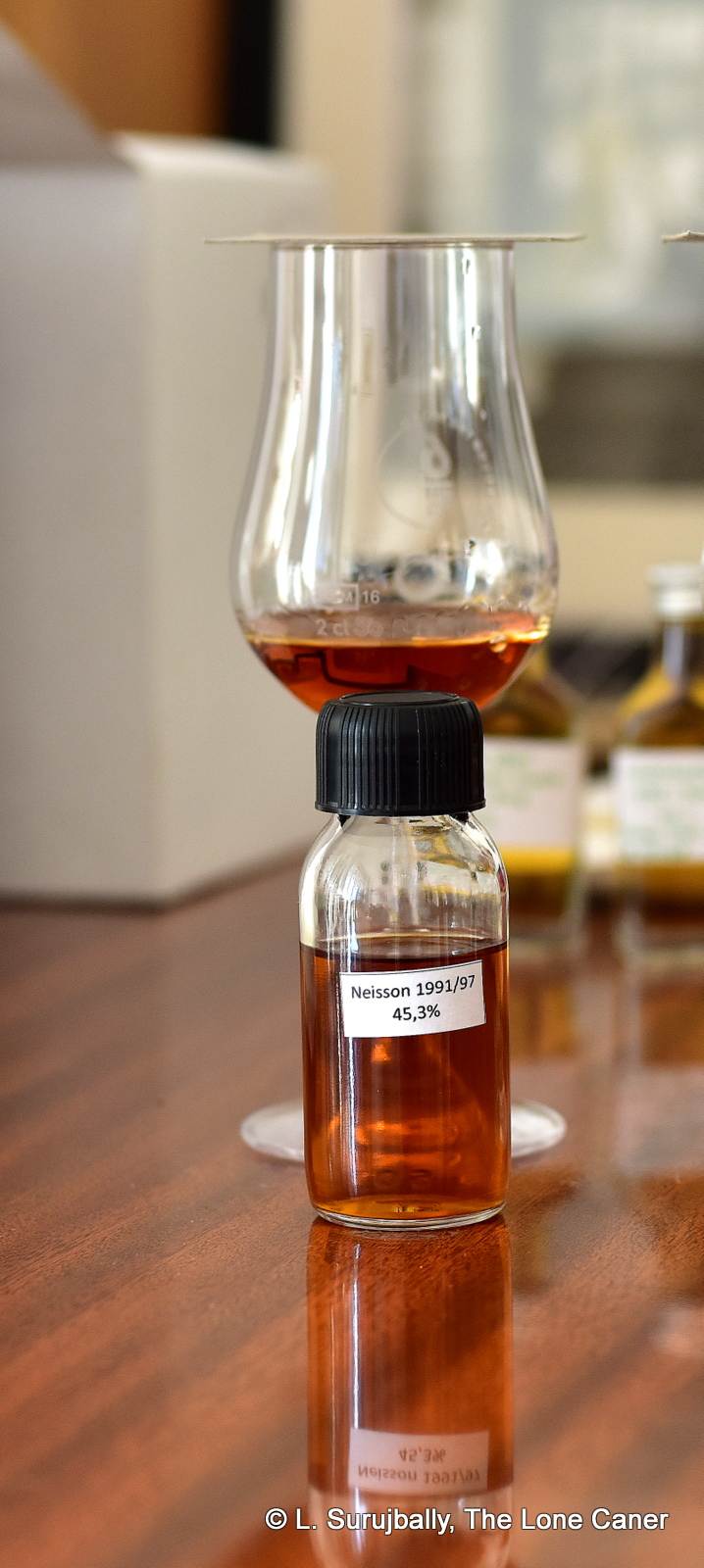 Nose – Starts easy, yet with enough bite to announce itself. Salty pecans, licorice, caramel and raisins (not really the opening I was expecting from an agricole, to be honest). It’s also light with florals, some nuttiness and a blade of pungent crushed lime leaves running through it. Grasses and herbs stay well back, and it morphs nicely into a sort of fanta-orange juice blend, combining snap with tastiness.
Nose – Starts easy, yet with enough bite to announce itself. Salty pecans, licorice, caramel and raisins (not really the opening I was expecting from an agricole, to be honest). It’s also light with florals, some nuttiness and a blade of pungent crushed lime leaves running through it. Grasses and herbs stay well back, and it morphs nicely into a sort of fanta-orange juice blend, combining snap with tastiness.